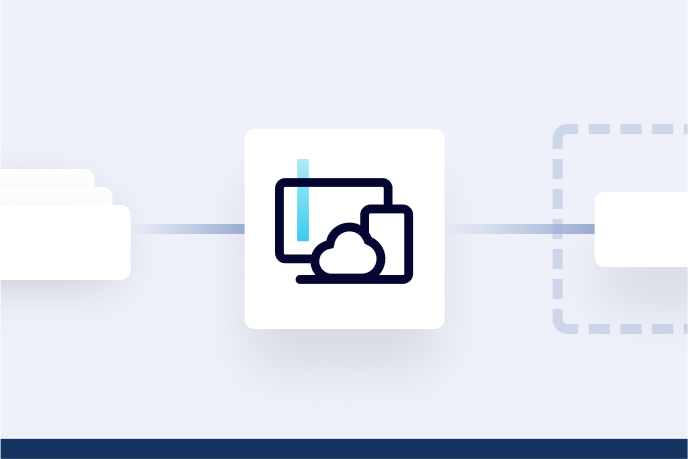OSS Kafka couldn’t save them. See how data streaming came to the rescue! | Watch now
New Report: The ROI of Data Streaming and Its Biggest Challenges
This year, we crossed an important threshold: data streaming is now considered a business requirement for organizations across many industries. Findings from the 2023 Data Streaming Report show that 72% of the 2,250 IT leaders surveyed are using data streaming to power mission-critical systems. 89% also say data streaming is an important IT investment. This widespread use of data streaming demonstrates incredible trust and confidence in the technology along with the growing need for real-time data streams across the most important parts of a business.
Confluent’s latest report investigated the forces driving the mainstream adoption of data streaming as well as the barriers holding organizations back from further advancing their data streaming initiatives. In this blog post, I’ll share my perspective on the findings as a former 2x CTO and you can view the full report for a more in-depth look at how businesses are putting data streaming to work.
As with any major technology shift, stakeholders want to know, “Is this worth the investment?” According to the report, a majority of organizations that are early in their data streaming journeys are already seeing or expecting to see 2-5x return on investment (ROI). And the more companies invest in data streaming, the higher their returns. This is not the case for most data infrastructure. Data streaming is unique in the sense that its real value comes from enabling teams to produce and consume real-time data from completely disparate parts of the organization without significant out-of-band coordination. The more data streams are produced, the more data is available for different areas of a business to use.
Common Challenges and Tips for Getting Started with Data Streaming
While data streaming can break down silos, it can also contribute to data isolation if a common operating model is not put in place. The report found that fragmented projects along with uncoordinated teams and budgets were a major hurdle or challenge for 74% of respondents. This is common for technical solutions that are typically adopted through a bottoms-up approach. The report has a handy Actionable Advice section that provides practical tips on how to overcome challenges like these, based on our years of experience helping hundreds of organizations mature their enterprise event messaging capabilities.
At a high level, my biggest piece of advice when getting started with data streaming is to establish a common operating model with data governance top of mind. This will empower individuals to produce data and support them with infrastructure that ensures that data is easy to discover and highly trustworthy for others to consume. As a result, developers can focus exclusively on building differentiated applications rather than wrestling with data infrastructure or relying on a central data engineering team for bespoke data transformations. Such an organization creates incredible business value in an efficient way.
There’s more to check out in the report, including insights around the value data streaming delivers within a business and across major industries. For example, 46% of respondents from financial services companies report 5x ROI. The report also shows the top areas companies are investing in the next 12 months to further their data streaming initiatives—training and recruitment was a high priority for 41% of IT leaders. The report validated many of my personal hypotheses around how companies create value with data streaming, and I’m looking forward to continuing this research to see how this technology’s adoption, benefits, and challenges change over time.
Did you like this blog post? Share it now
Subscribe to the Confluent blog
Moving Up the Curve: 5 Tips For Enabling Enterprise-Wide Data Streaming
Confluent recently released its 2024 Data Streaming Report: Breaking Down the Barriers to Business Agility & Innovation. The report found that data streaming is delivering business value with 41% of IT leaders, driving up to 5x or more return on their data streaming investments.
Agencies Win With Data Streaming: Evolving Data Integration to Enable AI
Learn how data streaming unlocks shift-left data integration—a key enabler for adopting and building next-generation technologies like generative AI— for the government agency.

